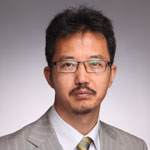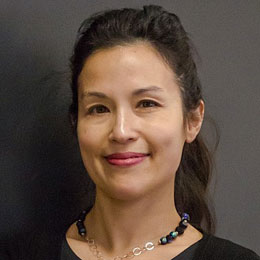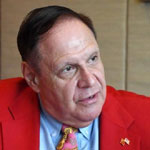China's foreign trade remains resilient
Note: The following article is taken from the Chinese-language "Commentaries on International Affairs".
China’s General Administration of Customs on Friday reported that the country’s imports and exports expanded by 3.9 percent in the first half of this year compared with the same period last year, reaching 14.67 trillion yuan (some 2.1 trillion U.S. dollars). This achievement demonstrates that the country’s foreign trade market is full of resilience and its economy is not only stable but showing signs of continuing growth.
![A massive ocean-going container ship docked at Lianyungang Port in Jiangsu Province, July 12, 2019. [Photo: IC]](https://p1crires.cri.cn/01dcri/images/zhycms_chinaplus/20190712/75906885-dd49-46c9-a49f-21b21f34184a.jpg?x-oss-process=image/resize,w_650)
A massive ocean-going container ship docked at Lianyungang Port in Jiangsu Province, July 12, 2019. [Photo: IC]
According to the customs authority, China’s imports and exports in the first six months of this year had three notable traits. First, the momentum of growth in foreign trade was robust. General higher value-added trade grew 5.5 percent year-on-year, accounting for nearly three-fifths of the total. Private firms gained ground, with imports and exports up by 11 percent. And trade growth in the country's central and western regions outpaced the national average. These findings show that the government’s efforts to transform and upgrade the country’s foreign trade structure are achieving positive results.
Second, the country has increasingly diversified its trading partners. In the first half of this year, although China's two-way trade with the United States fell by 9 percent year-on-year, trade with other major partners, such as the European Union, ASEAN, and Japan, increased by 11.2 percent, 10.5 percent, and 1.7 percent respectively. In particular, China’s trade with Belt and Road countries increased by 9.7 percent, which was 580 basis points higher than the overall rate of growth, and accounted for nearly 29 percent of the total value of trade. On top of this, trade with Latin America and Africa grew by 7.4 percent and 9 percent respectively. The dividends brought about by the government’s efforts to diversify the country’s trading partners have undoubtedly helped to hedge the adverse effects of the China-U.S. trade frictions, and have bolstered China’s capacity to tolerate risk.
Third, China’s trade structure has become more and more optimized. For example, during the first half of the year, exports of mechanical and electrical products increased by 5.3 percent, accounting for 58.2 percent of the total value of exports. Included in this category are exports of electric manned vehicles, which soared by 91.9 percent. This is an example of a new area where China has a strong competitive advantage.
Among China’s achievements in foreign trade so far this year, there is one worthy of special attention: Although China’s exports to the United States fell by 2.6 percent year-on-year, imports from the United States fell by 25.7 percent. The huge gap between the two figures means that America’s exports to China are more easily replaced with goods from other countries than China’s exports are to the United States. It’s also noteworthy that China’s trade surplus with the United States expanded by 12 percent during the period, highlighting the reality that piling on tariffs won’t solve the trade imbalance between the two countries. Rather, it will only harm the interests of American companies and consumers.
That China did so well in foreign trade so far this year is all the more remarkable given the backdrop of a worsening global trade environment and rising protectionist sentiment. In April, the World Trade Organization cut its forecast for global trade growth this year by 110 basis points to 2.6 percent. And its latest world trade outlook indicator was the weakest it’s been since March 2010.
A vast market, rich human resources, and comprehensive supply chains support China’s steady foreign trade growth. It’s also largely helped by the massive tax and fee reduction measures taken to boost market and company confidence. As more stimulus measures flow into China’s economy, including a further reduction of import tariffs, the establishment of national innovation demonstration zones for promoting imports, and cuts to red tape to lower the administrative costs for imports, it’s expected that the country’s foreign trade will continue its steady upward climb.






